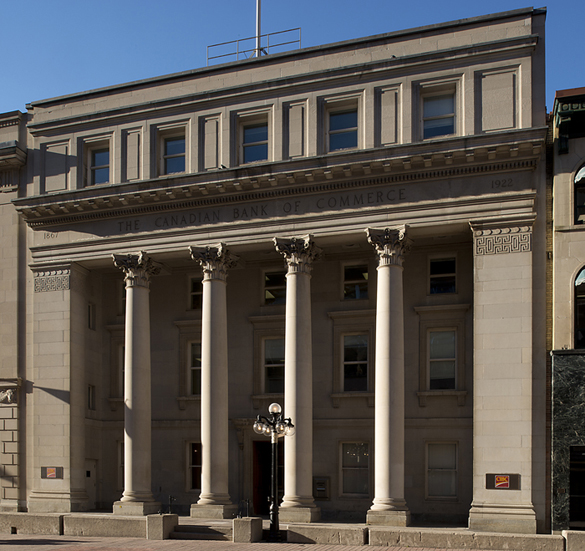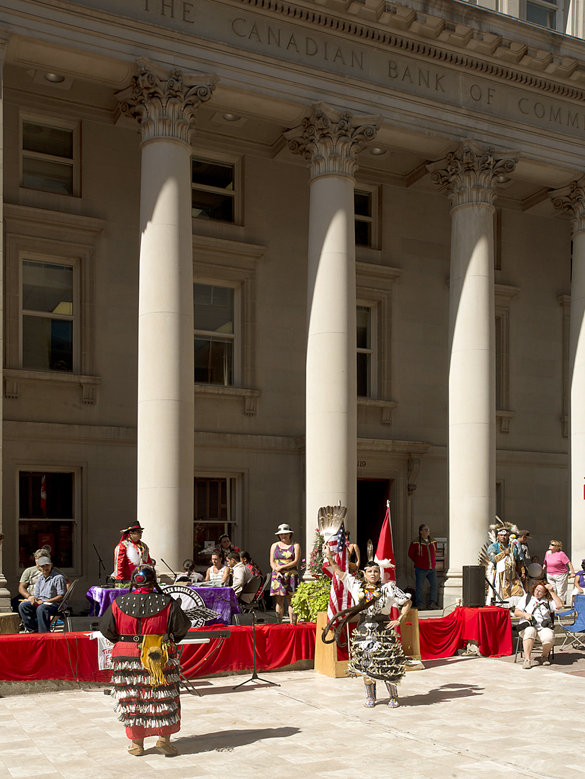Buildings tell stories, and architectural historians tell stories about buildings. That sounds like a pretty simple and symbiotic relationship, but in reality it is anything but. I was reminded of this while walking along Sparks Street late last summer.
One of my favourite buildings on Sparks is the Canadian Bank of Commerce, built by Darling and Pearson in 1922. I actually send some of my first-year students to look at this building, because it’s one of the most vivid and purest examples of Classical architecture in the city.
The façade is a series of very precise quotations of architectural ideas that lead all the way back to ancient Greece and Rome. It tells a story of permanence, stability, power, and authority – and that is precisely the story that the Bank of Commerce intended. Viewed through the lens of our own time, the building can also be read as a forceful symbol of a dominant culture in a place thousands of kilometers and thousands of years from where it originated.
That confident, bullish story – that I can conjure effortlessly thanks to my training as an architectural historian – became much more nuanced for me last August, when I happened upon the Peoples Pow Wow:
Whether the bank was deliberately chosen as a backdrop I have no idea; nor, in the end, does it matter. Whether by accident or plan, the juxtaposition in this scene is haunting. It seems to encapsulate a cultural collision that is an inescapable part of our story, but that we are very far from having resolved. And the native dancers in the foreground are performing – with almost unbearable poignancy – a dance of healing.
That cultural collision, along with all of its social and ethical implications, was assuredly not the story that the Bank of Commerce intended to tell in 1922. But for anyone walking along Sparks Street on August 23, it is part of the building’s story now. Buildings belong to their original owners only fleetingly, and the later stories – the unintended ones – become an integral part of their history as well. None of these stories replaces the others. It is their messy co-existence that makes a building into a vivid, three-dimensional historical document.
As architectural historians, we need to embrace the totality of a building’s stories – not just the original, ‘intended’ ones, or the most familiar, or the most comfortable. Witnessing the Peoples Pow Wow in front of the Bank of Commerce was a powerful reminder of that.

